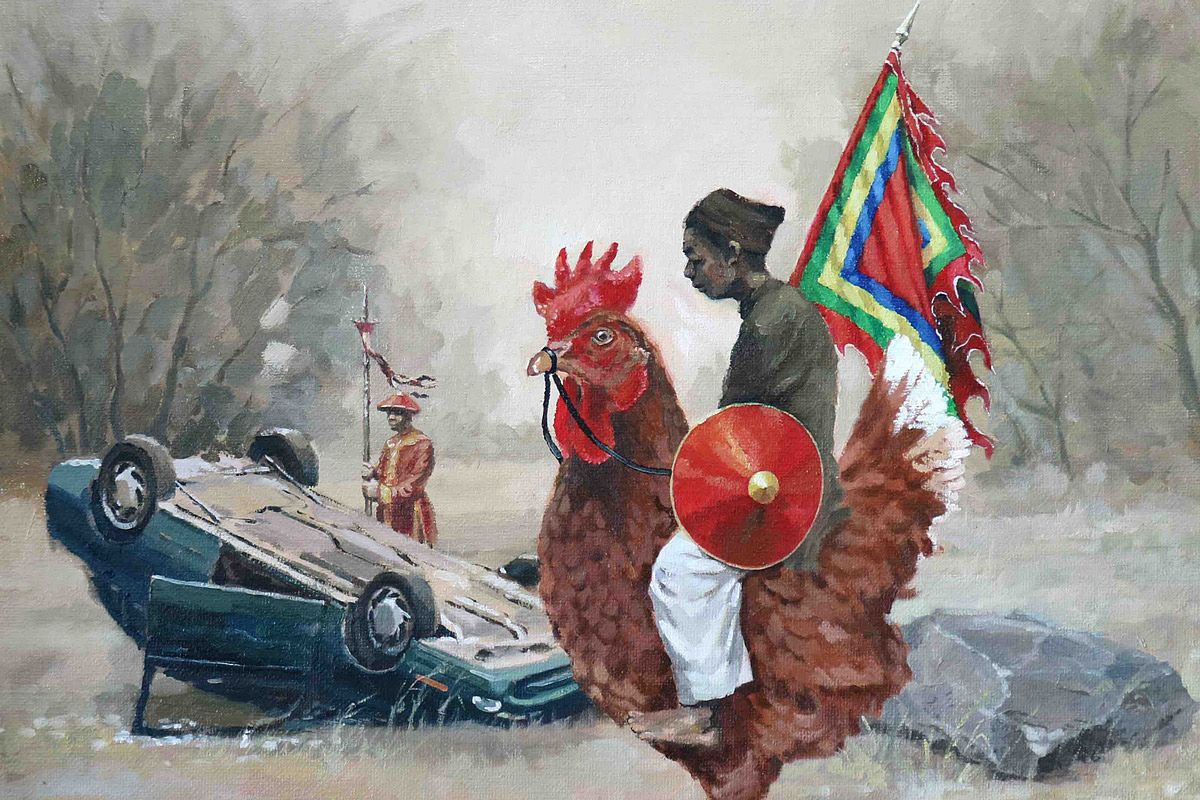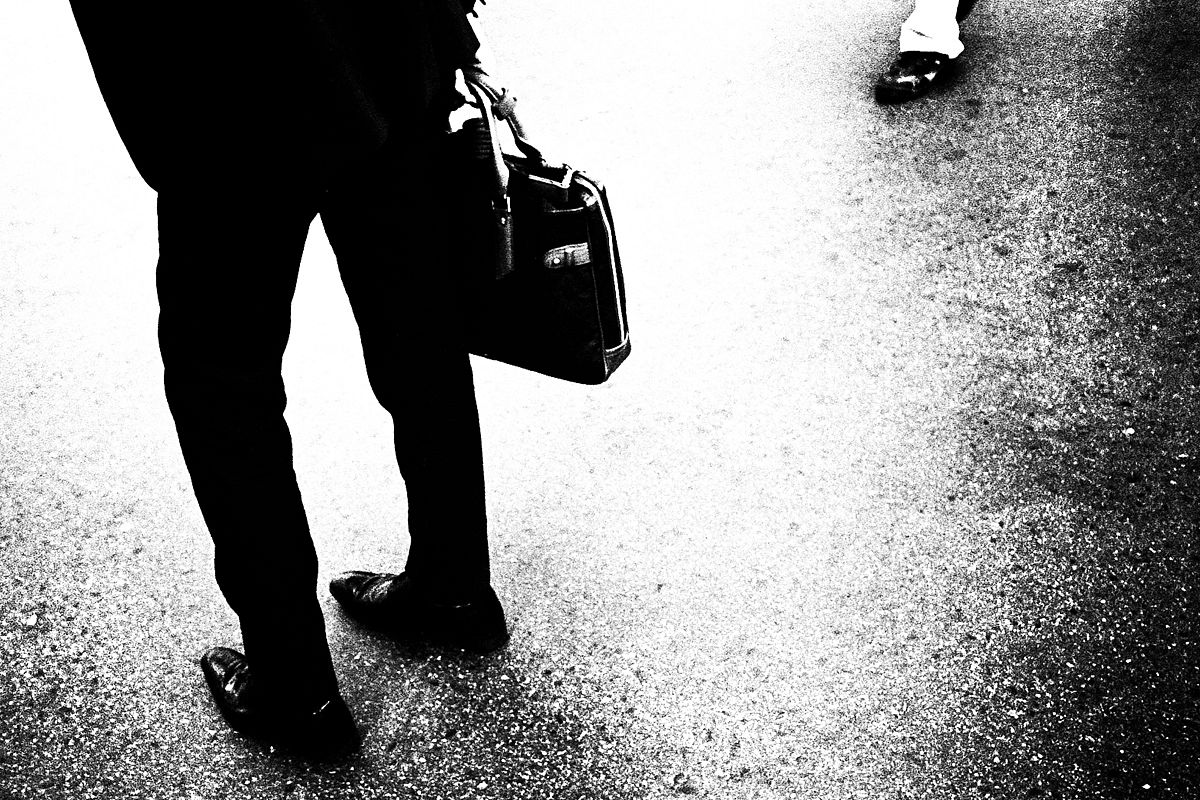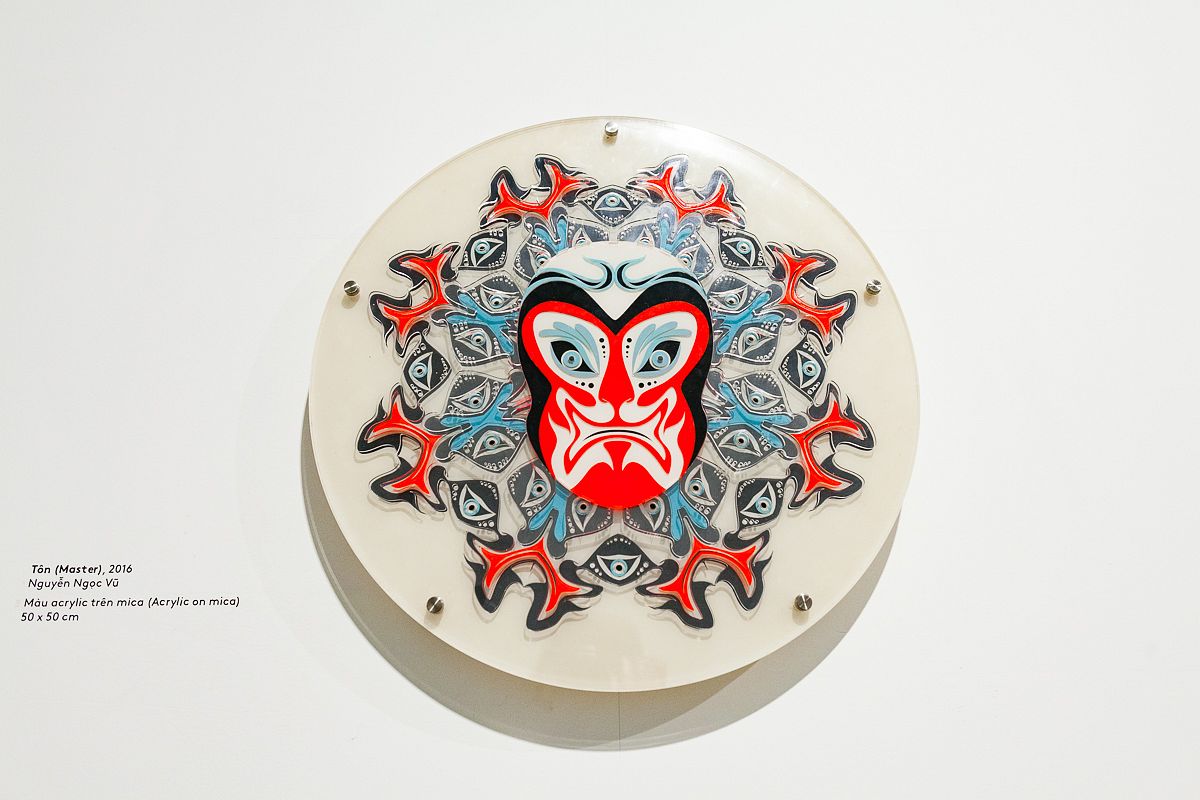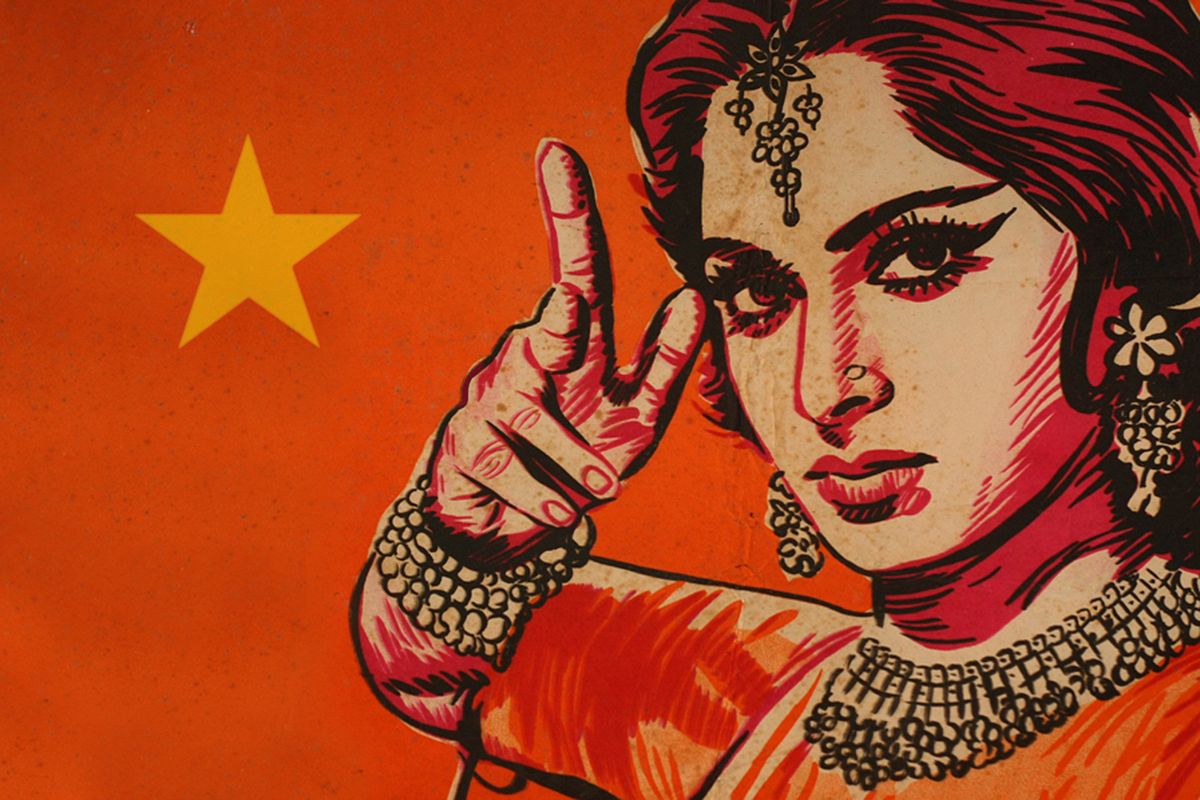From the invention of farming to the advent of military drones, technology has shaped the economy, politics and culture of every society. It was inevitable that such a vital element of our lives would enter the art world and not just as a new tool for expressing creativity.
This month, TechNoPhobe, one of the very first group exhibitions in Saigon solely centered on technology-based art – 3D-printed masks, interactive sound and robotic installations, video holograms and digital images created through kinetic motion – marked the soft opening of Saigon's latest art space, The Factory.
New and existing artwork by internationally established and emerging Saigon-based artists such as UuDam Tran Nguyen, Thierry Bernard-Gotteland, Truc-Anh, Le Thanh Tung, Cao Hoang Long and Ngoc Nau were selected by artist-curator Trong Gia Nguyen and Ti-a Thuy Nguyen. The aim, according to the press release, is to showcase how innovative digital and technical advancements can become artistic tools that give birth to thought-provoking creations, especially in a country like Vietnam that has seen a rapid increase in this sector.

The fact that the digital era has reached Vietnam is not news: digital paintings, graphic designers and CGI in cinema have been present in Vietnamese life for quite some time. However, their visibility in major galleries and their appreciation as an art form is another matter entirely.
Two of the truly fascinating topics that emerged during our interviews with UuDam Nguyen and Thierry Bernard-Gotteland surrounding such innovations are the unforeseeable applications of high-tech developments and the separation between the object of art and the artist who made it.
Artist Thierry Bernard-Gotteland, who also works as a designer lecturer at RMIT Vietnam, presented an interactive sound installation consisting of six speakers hidden under colourful cloths around The Factory’s exhibition space which would then be activated by the visitors’ sounds and movements.
Bernard-Gotteland explained the detailed and intricate process that went into creating the three components of the installation: “The dialogues, narrated by male and female computer-generated voices, were extracted from a book where 100 artists were talking about their work. The sound effect was put together by isolating the silent moments in theatrical plays that I have downloaded, and the music part is modulated from the weather report and music I have created.”
Bernard-Gotteland then input these parts into the software that he created to re-elaborate them. Although, for instance the audio is generated by the computer audio synthesis and changes on a daily basis according to the weather report, it is the randomness part of the final result that fascinates the French artist.

“For me, great art is when it escapes from the artist and it is taken from the public. A work of art should exist without the signature of the artist,” Bernard-Gotteland says. “That’s why I like to work with computer programs, technology and its randomness. The expressivity of the tool is what creates the illusion of an organic feel and breaks with the machine. It is digital expressionism: the computer expresses itself.”
Without sounding too apocalyptic, 21st-century technologies have a life of their own: their malleability and detachment from the human beings who created them are a source of both enchantment and horror. In the last few months, the world of art has seen the launch of two controversial applications – Google Creative Lab’s robot, which can create portraits from a photo taken with a smartphone, and Google Deep Dream’s program, which uses artificial intelligence to manipulate images and turn them into artwork. Some of the most fervid adversaries of these innovations are arguing that technology should be applied first to, well, anything else before it tries to invade the emotion and moral impact that only art can generate. Also, they are opposing the notion that technology applied to art is truly independent from humans.
Meanwhile, in the book Straw Dogs, philosopher John Gray writes: “Humanity will never control technology. Technology is not something that humankind can control. It is an event that has befallen the world. Once a technology enters a human life – whether it be fire, the wheel, the automobile, radio, television or the internet – it changes it in ways that can never fully understand.” Like Gray, many believe that technology has a benign side; its negative side depends on the use that men make of it.
Robotic, digital and software-based artwork has, probably like no other medium, the singularity of incorporating this dual message, both in its physical form and in its conceptualization.
Video via Vimeo user UuDam Nguyen.
For the past two years, multi-disciplinary artist UuDam Nguyen has delved into the groundbreaking possibilities that robotic art and smartphone application have in connecting people from different countries – often at war – and for broadening the access of artistic experiences to a wider demographic. His Licence 2 Draw was first launched at the Koganecho Bazaar in Yokohama, then included in the 8thAsia-Pacific Triennial in Brisbanebefore reaching Saigon at The Factory. “The work has developed slowly from Yokohama. This is the most complete and it will include a new piece: a laser that can shoot at three different canvases,” said Nguyen. Saigon Evolution, one of the pieces on display at TechNoPhobe, consists of a smaller canvas and it is an improvement upon its original Saigon Classic,which had a six-by-six canvas.
“Saigon Evolution has four drawing pens instead of one and the cart has four meccanuum wheels that allow it to go sideways,” explains Nguyen. “It doesn’t need to turn. With new, small cars like this, it will allow me to draw on smaller canvases. Also, since Licence 2 Draw is still on display for children in Brisbane, it means that children can use the application here and draw there [in Australia].”

The invasive scrutiny that new technologies have in our private lives is manifest in the zen garden piece: a small scale wooden arena containing sand, which is scanned continuously by what appears to be a radar look-alike.
“Everyone is a target. Companies look at what you are searching online, it has a hideous connotation knowing that someone is observing you and have infiltrated your peaceful zen garden,” he added.

The new laser piece, instead, came from an emotional part of Nguyen. “This new development shows that technology can be dangerous…it is getting into a darker side of it,” he says. “Technology can control people’s lives and shut them down, from our mundane daily life on social media to contemporary dynamics of war. During the Vietnam War, B2 bombers came always at the same time so people knew it and would hide in bunkers but now the drones are surveilling nonstop. I wanted to [make] something in response to that. ”
Digital and technological art are still a sideshow in Vietnam, and whether they will be a curse or not it is still to be seen, but going back to what Grey wrote, they are here to stay, as history has taught us.

TechNoPhobe will be on display until May 5 at The Factory.
15 Nguyen U Di, Thao Dien Ward, D2
9am – 7pm, Tues to Sun















